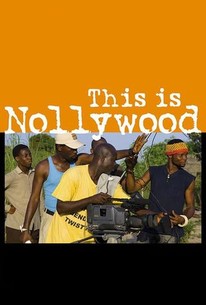
Beach in Lagos (Nikhil Verma). (2011) Beach in Lagos panoramic image [digital image]. Retrieved from flickr website: www.flickr.com. Used under Creative Commons Attribution 2.0 Generic (CC BY 2.0).

Nigeria [Online map]. (2023). In World Book Advanced.
https://www.worldbookonline.com/advanced/media?id=mp000168
 Ibibio Music in Nigerian Culture
by
Ibibio Music in Nigerian Culture
by

Official Name: Federal Republic of Nigeria
Languages: English, Hausa, Yoruba, Igbo
Cities: Lagos, Kano, Ibadan, Abuja (capital)
Religions: Muslim, Christian
Population: 230,842,743
Area: 923,769 sq km
The music of Igbo is a large part of Nigerian culture. It is characterized primarily by the use of slit drums which are used in performance ensembles as well as in calling assemblies or delivering news. The most common slit-drum is the ekwe. Since Igbo is a tonal language, the double-slit ekwe drum can imitate all 5 tones to mimic speech. (1)

(1)
Yoruba traditional music is very diverse due to the many subcultures in the area. There are two types of vocal music- Orin (song) and Oriki (praise-chant). Orin uses melodic lines and encourages response lines from others. Oriki is more speech-sung and is divided into four distinct types categorized by distinct vocal qualities and literary styles. (2)

Yoruba drummers in Kwara State (3)
Rattles are a percussive instrument often made of wicker, metal, or seedpods and filled with shells, beans, or pebbles. They can either be held or worn by dancers. These instruments can be extremely varied with how they are made but they share the same purpose of mimicking the rhythmic pattern of speech. (4)

Image: Hartenberger Music Collection

Image: Metropolitan Museum of Art
(1) Echezona, W. (2001). Igbo music. Grove Music Online. Retrieved 25 Sep. 2023
(2) Euba, A. (2001). Yoruba music. Grove Music Online. Retrieved 25 Sep. 2023
(3) Baker, Melvin. Nigerian Drummers. Wikimedia Commons, CC-BY 2.0.
(4) Blades, J., & Schechter, J. (2001). Rattle. Grove Music Online. Retrieved 25 Sep. 2023
 This is Nollywood
by
This is Nollywood
by